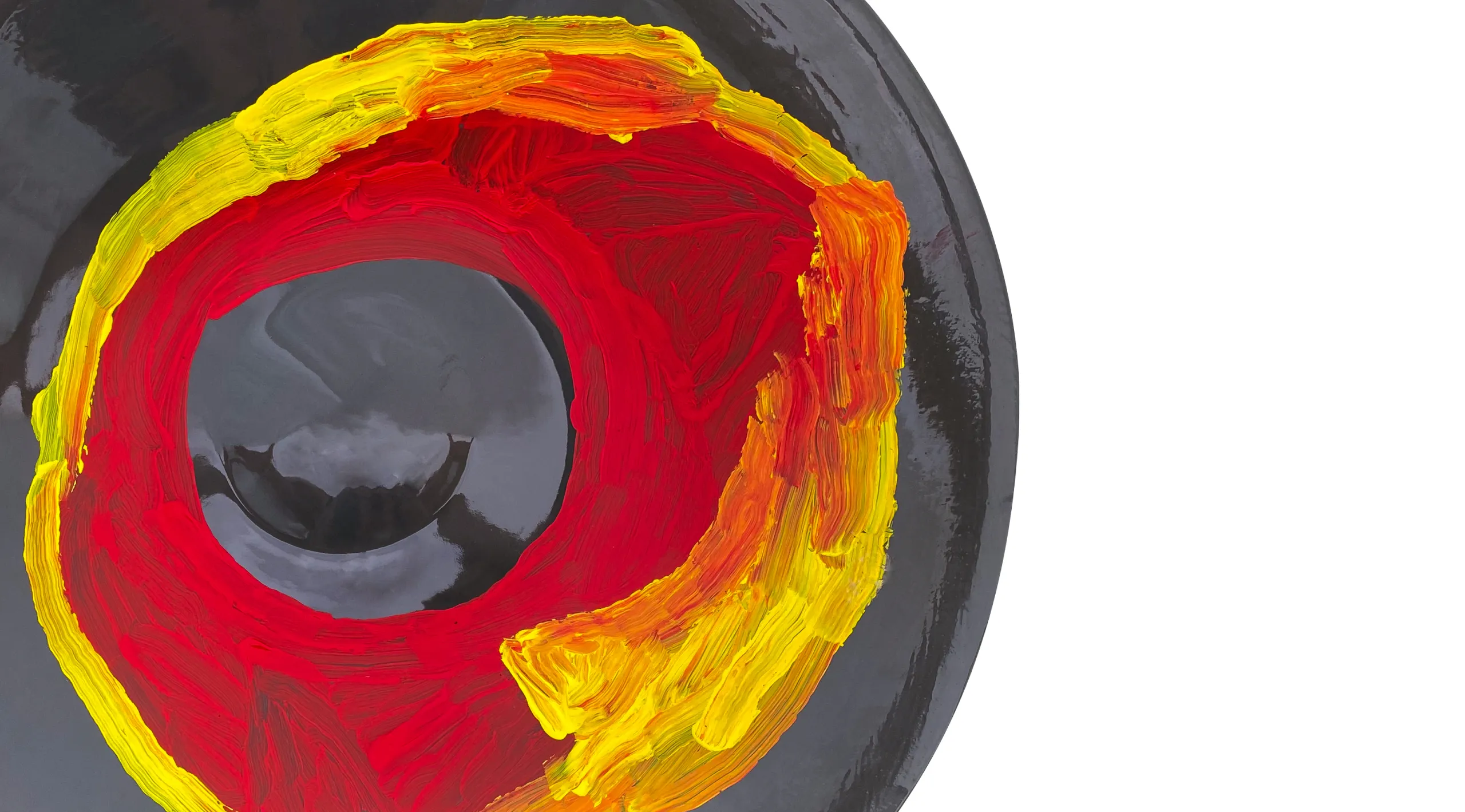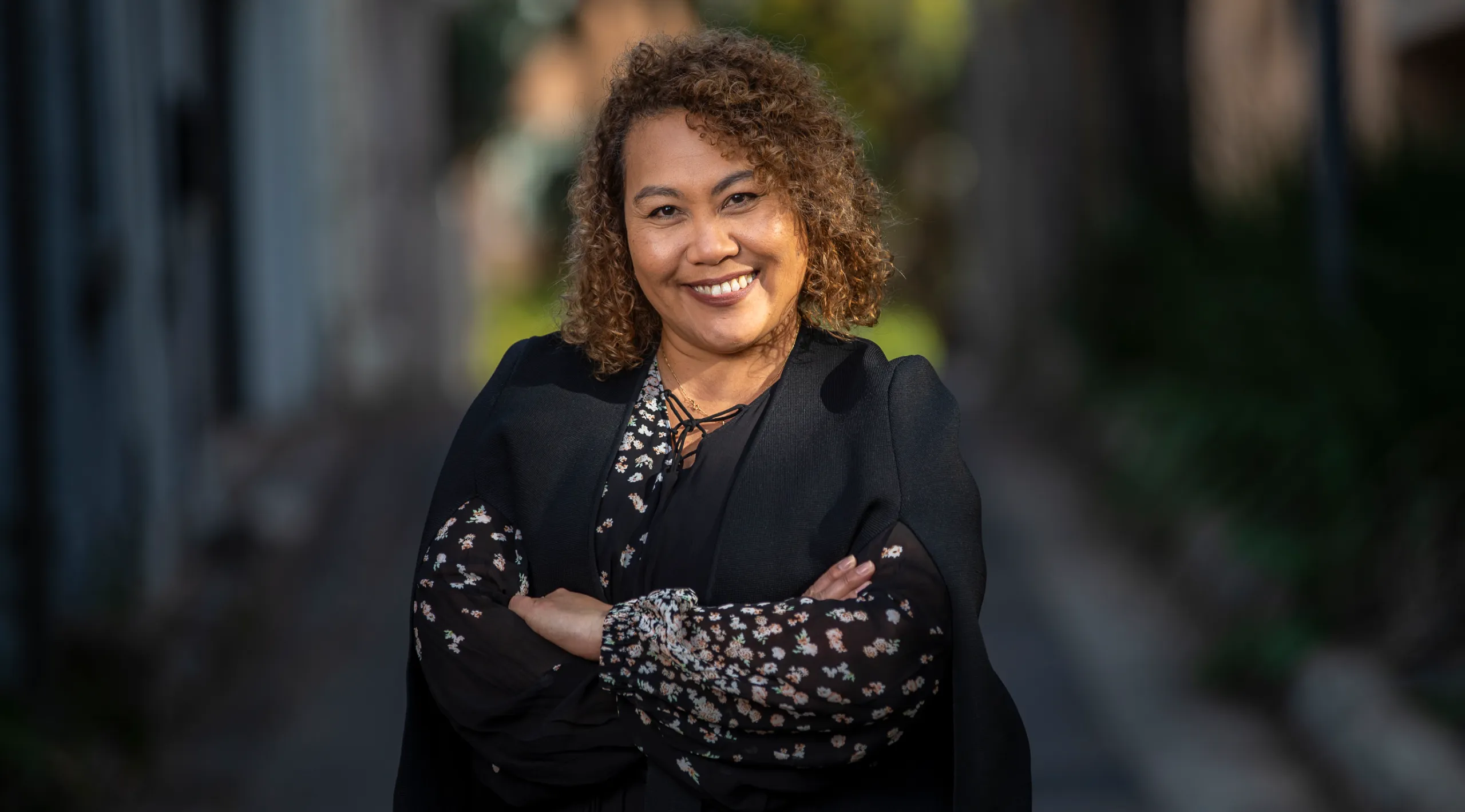
My Country — Mrs Netta Loogatha
This is my Country on Bentinck Island at Oak Tree Point. We call it Lookati in our Kaiadilt language.
Mrs Netta Loogatha
I was born here at Bilmee, Dog Story Place. It's called Dog Story Place. This is the place where the Dingo came on his journey from island to island, we saw him with our own very eyes, half man and half dog.
It's also a place where the love stones are found. They bring lasting and faithful love to the one who owns them.
Our reflect reconciliation action plan
We have the privilege of working on the lands of the oldest living cultures in the world. Aboriginal and Torres Strait Islander people have nurtured this land for more than 65,000 years. We must recognise and respect their abiding connection to this land, its waterways and communities. We have so much to gain, and are so fortunate, to be on this land and to learn from 65,000 years of wisdom, culture and knowledge.
We believe that acknowledging the past is an essential step in building a better, more equitable future. We acknowledge the impact of colonisation, its legacy of injustice and the marginalisation of Aboriginal and Torres Strait Islander peoples.
It’s our responsibility to do all that we can to honour and respect First Nations peoples, and starting on our reconciliation action plan journey is just one way we are working towards this.
At the heart of our ambition to be a diverse business is ensuring our work respects and reflects the diversity of the Australian community so that we can co-design the most innovative solutions that benefit everyone in Australia, for a more equitable, fair and just society for all.
Inclusive design means ensuring we include groups who are often excluded or underserved. Central to our design ethos is community-led innovation—the idea that people and communities that are likely to be affected by the implementation of a policy or service or change should be involved in designing it. This means we design shoulder-to-shoulder with diverse communities, whether that be Aboriginal and Torres Strait Islander people, recent migrants, the LGBTIQ community, people living with disabilities or other groups who are often excluded.
We developed a reconciliation action plan (RAP) to increase Aboriginal and Torres Strait Islander representation and needs in our work, for the best possible outcomes for communities and Country.
Our goals in developing our Reflect RAP are:
First Peoples voices in our work
Our work impacts people at scale across Australia. We need to promote First Peoples voices in our work for best outcomes for communities and to drive self-determination for and with Aboriginal and Torres Strait Islander people.
Diversity drives impact
We aim for the demographics of our team to as much as possible represent the diversity of all communities in Australia to help us truly design for everyone. Diversity in our team, with a culturally inclusive workplace, will enable us to make our best innovation and impact work for the benefit of Aboriginal and Torres Strait Islander people and everyone.
Being a good business
In our business operations we need to enable Aboriginal and Torres Strait Islander self-determination to heal the intergenerational trauma caused by colonisation and dispossession, and support the continued resilience of Aboriginal and Torres Strait Islander people to be leaders in systems change

Karen Mundine Chief Executive Officer Reconciliation Australia
Statement from CEO of Reconciliation Australia
Reconciliation Australia welcomes Today to the Reconciliation Action Plan (RAP) program with the formal endorsement of its inaugural Reflect RAP.
Today joins a network of more than 2,500 corporate, government, and not-for-profit organisations that have made a formal commitment to reconciliation through the RAP program.
Since 2006, RAPs have provided a framework for organisations to leverage their structures and diverse spheres of influence to support the national reconciliation movement. The program’s potential for impact is greater than ever, with close to 3 million people now working or studying in an organisation with a RAP.
The four RAP types — Reflect, Innovate, Stretch and Elevate — allow RAP partners to continuously develop and strengthen reconciliation commitments in new ways. This Reflect RAP will lay the foundations, priming the workplace for future RAPs and reconciliation initiatives.
The RAP program’s strength is its framework of relationships, respect, and opportunities, allowing an organisation to strategically set its reconciliation commitments in line with its own business objectives, for the most effective outcomes.
These outcomes contribute towards the five dimensions of reconciliation: race relations; equality and equity; institutional integrity; unity; and historical acceptance.
It is critical to not only uphold all five dimensions of reconciliation, but also increase awareness of Aboriginal and Torres Strait Islander cultures, histories, knowledge, and leadership across all sectors of Australian society.
This Reflect RAP enables Today to deepen its understanding of its sphere of influence and the unique contribution it can make to lead progress across the five dimensions. Getting these first steps right will ensure the sustainability of future RAPs and reconciliation initiatives, and provide meaningful impact toward Australia’s reconciliation journey.
Congratulations Today, welcome to the RAP program, and I look forward to following your reconciliation journey in the years to come.
Karen Mundine, Chief Executive Officer Reconciliation Australia
